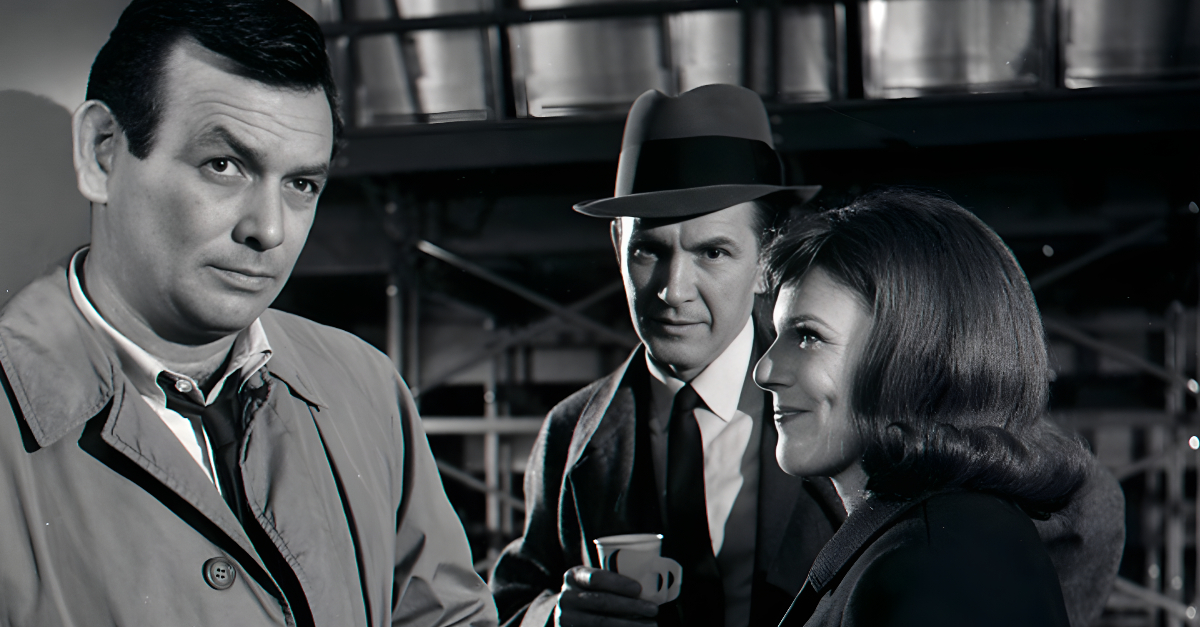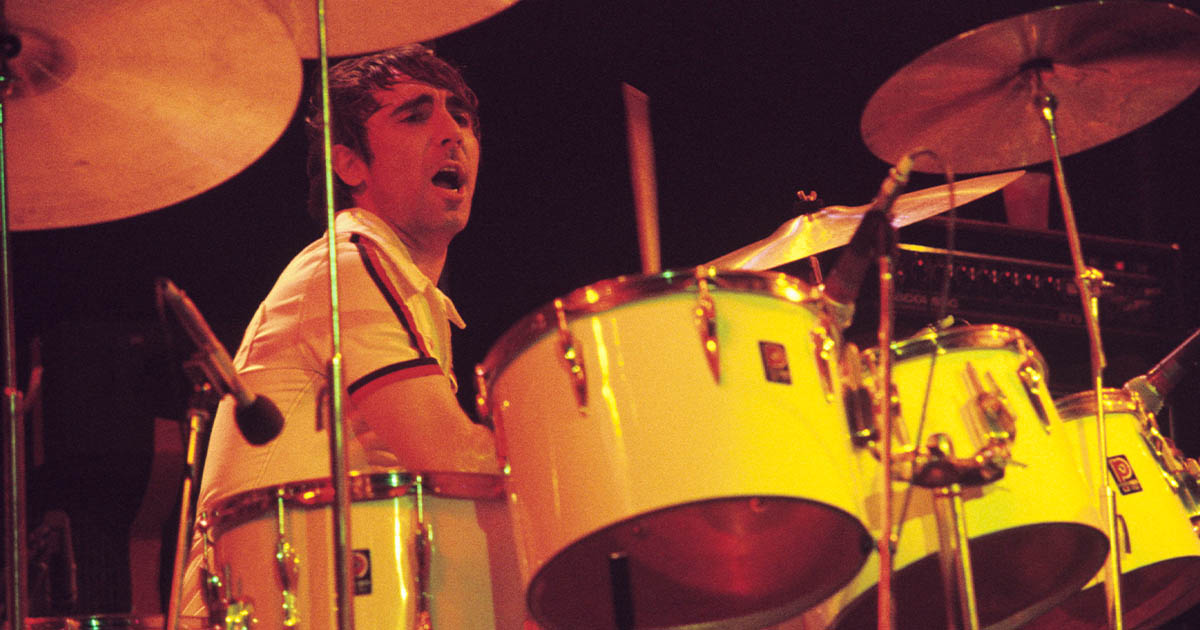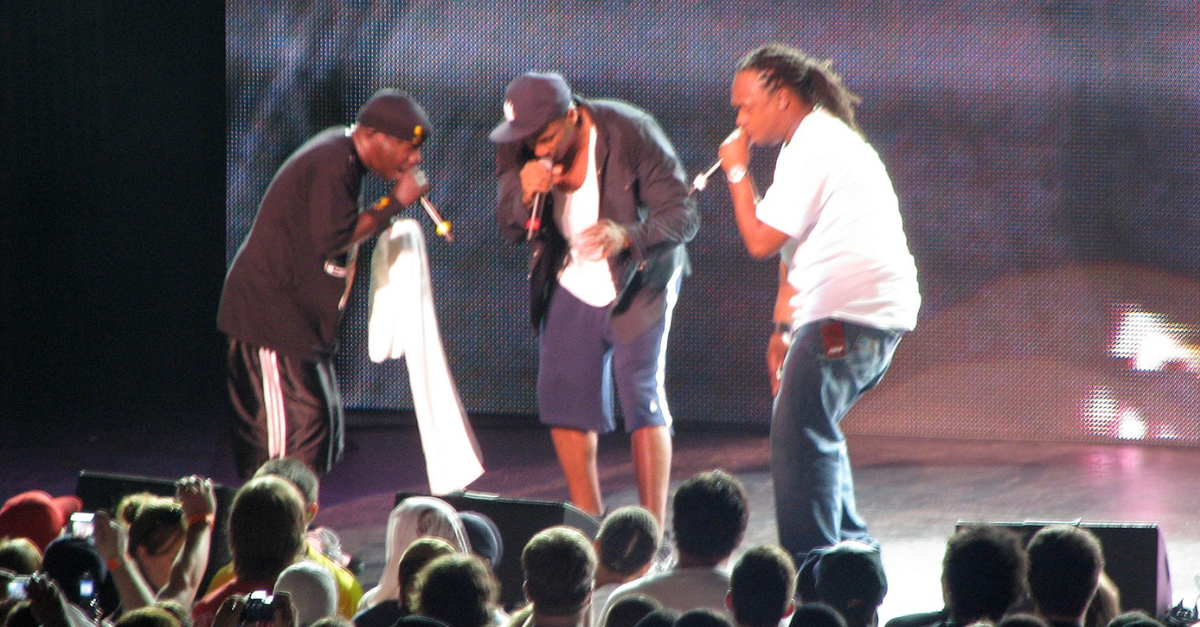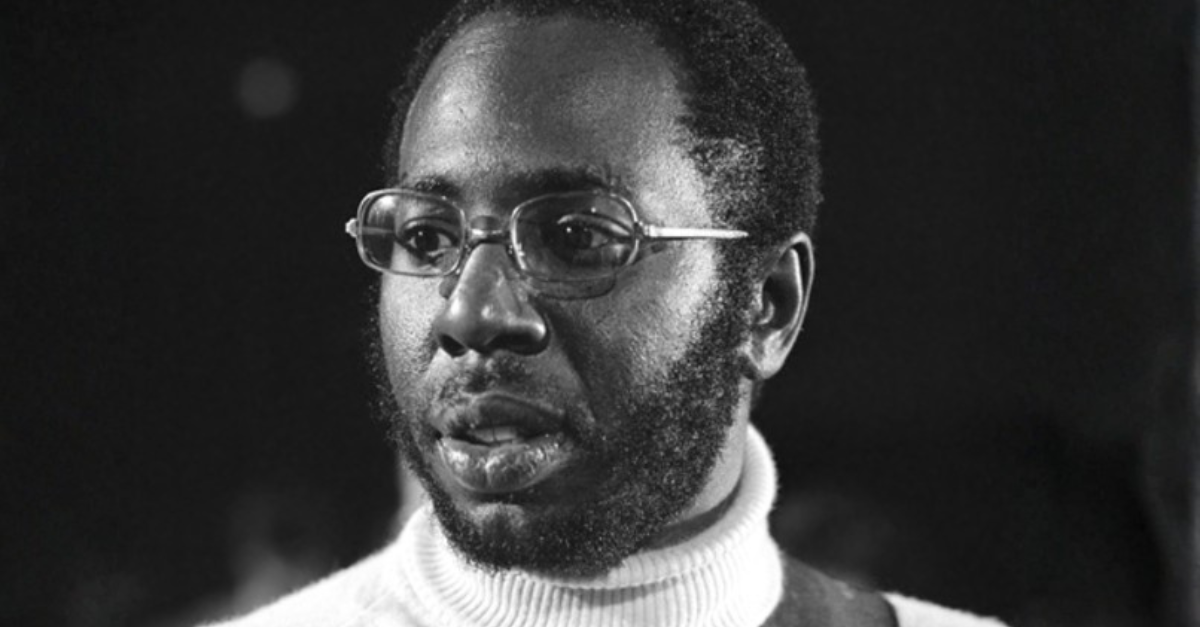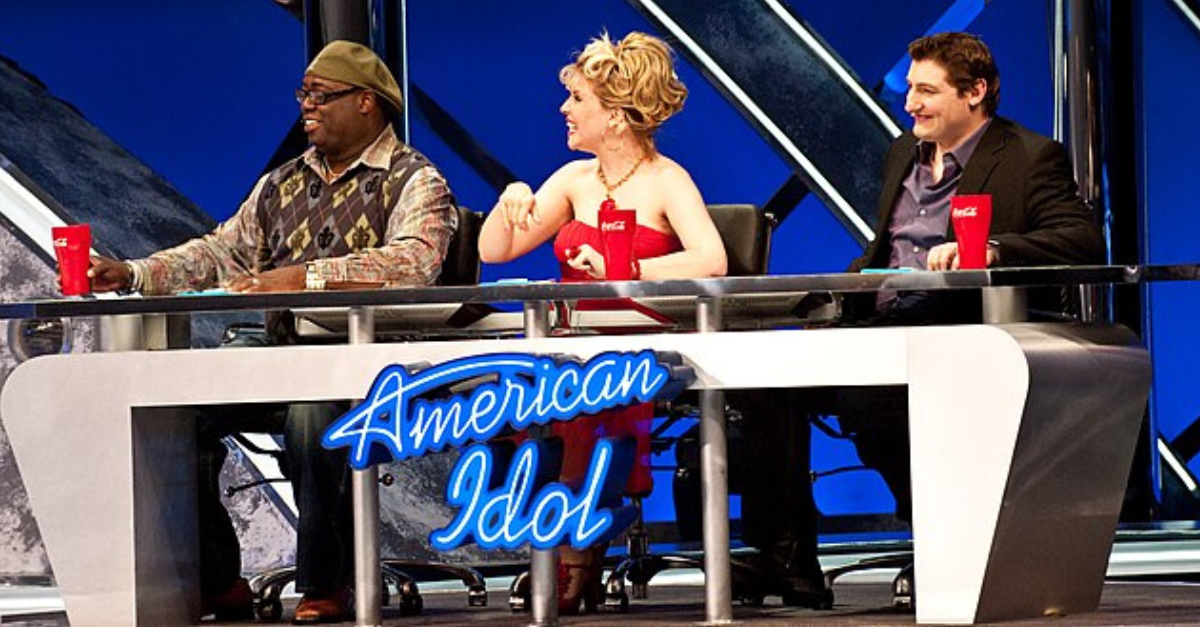Boomers Remember These
For boomers, TV wasn’t background noise—it was the event. Families gathered in front of bulky consoles, tuned their rabbit ears, and built weekly rituals around their favorite shows. These series shaped childhoods, created catchphrases, and turned ordinary actors into stars.
But while boomers can still hum the theme songs and quote the lines, many of these classics never made the pop-culture jump to later generations. Here are the shows boomers love that most millennials haven’t even heard of.
“The Fugitive” (1963–1967)
You mean it was a TV show before it was a movie starring Harrison Ford and Tommy Lee Jones? Yes millennials, it was (although, are we sure they even remember the movie?). In the ’60s, boomers were hooked on Dr. Richard Kimble running from the law. David Janssen’s hunted-doctor drama set the stage for countless thrillers—and its finale was one of the most-watched events in TV history.
“My Three Sons” (1960–1972)
A widower raising three boys was groundbreaking long before TV families looked complicated. Fred MacMurray became America’s calm, pipe-smoking dad. It ran for 12 seasons, shaping a generation’s idea of wholesome sitcom life—even if younger viewers can’t name a single son, let alone all three.
 ABC, My Three Sons (1960-1972)
ABC, My Three Sons (1960-1972)
“The Mod Squad” (1968–1973)
Cops who looked more like hippies? That was the hook. With Peggy Lipton’s style and a counterculture edge, it was TV’s attempt to get groovy with the times. Boomers remember it as edgy and cool, while later generations mostly missed its flower-power crime vibe.
 ABC, The Mod Squad (1968-1973)
ABC, The Mod Squad (1968-1973)
“Dragnet” (1951–1959; 1967–1970)
“Just the facts, ma’am.” Jack Webb’s clipped delivery made this the ultimate police procedural. The format was so no-nonsense it practically invented the template every cop show now uses. But just the facts are that most millennials have no idea this show ever existed.
 NBC, Dragnet (1951-1959; 1967-1970)
NBC, Dragnet (1951-1959; 1967-1970)
“Rowan & Martin’s Laugh-In” (1968–1973)
Before Saturday Night Live, this was the place for fast-paced gags, political barbs, and groovy chaos. Goldie Hawn even got her start here, painted in psychedelic colors. Boomers loved it—but the punchline today is that later generations barely know it aired.
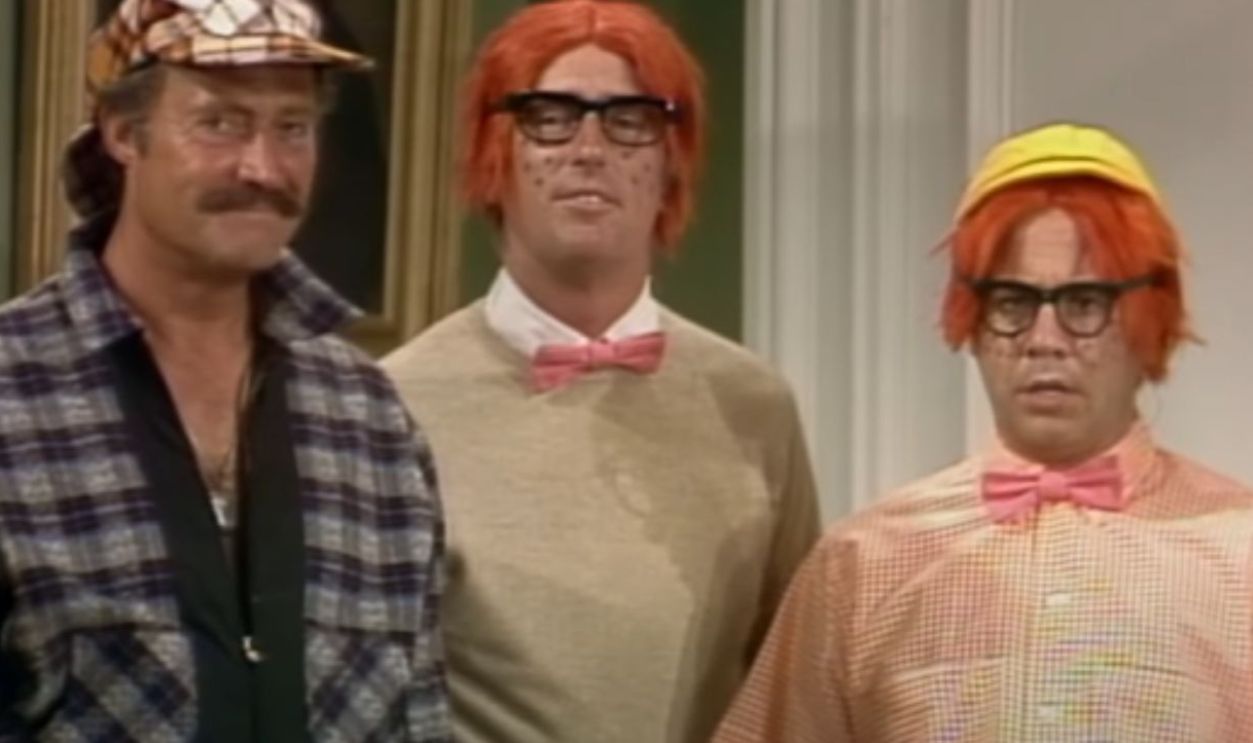 NBC, Rowan & Martin's Laugh-In (1968-1973)
NBC, Rowan & Martin's Laugh-In (1968-1973)
“The Waltons” (1972–1981)
“Good night, John-Boy.” That simple line summed up the warmth of this family saga. Boomers tuned in weekly for comfort and values during hard times. But if you ask most millennials about it—blank stares.
“Bonanza” (1959–1973)
The Cartwrights and their sprawling Ponderosa ranch dominated Sunday nights for over a decade. Lorne Greene became a household name, and Westerns ruled TV. Today, though, the big truth is that this giant has shrunk almost entirely out of sight.
“The Rockford Files” (1974–1980)
With his charm and beat-up Pontiac Firebird, James Garner redefined the TV detective. Rockford wasn’t flashy, but his mix of wit and grit made him unforgettable. Boomers tuned in loyally, though the series rarely shows up on streaming menus today.
 NBC, The Rockford Files (1974-1980)
NBC, The Rockford Files (1974-1980)
“Petticoat Junction” (1963–1970)
Set at the Shady Rest Hotel with a train that stopped out back, this rural sitcom thrived in TV’s “hayseed era.” It was light, silly, and paired perfectly with Green Acres. Boomers laughed along—most later viewers barely knew the whistle stop existed.
 CBS, Petticoat Junction (1963-1970)
CBS, Petticoat Junction (1963-1970)
“Marcus Welby, M.D.” (1969–1976)
Long before Grey’s Anatomy, there was kindly Dr. Welby. Robert Young’s caring physician and his younger partner (James Brolin) made medical drama feel personal. It was appointment viewing, but it didn’t stick in pop culture past the ’70s.
 ABC, Marcus Welby, M.D. (1969-1976)
ABC, Marcus Welby, M.D. (1969-1976)
“Columbo” (1971–2003, on and off)
“One more thing…” Peter Falk’s rumpled detective was all about patience and wit, unraveling suspects who thought they were smarter. Boomers loved watching him close the case. These days, plenty of people know the phrase—just not the show it came from.
“Chico and the Man” (1974–1978)
The odd-couple chemistry between Jack Albertson and Freddie Prinze made this sitcom sing. Prinze’s quick wit made him a rising star before his tragic early death. For boomers, it was groundbreaking and bittersweet—later generations barely had a chance to discover it.
 NBC, Chico and the Man (1974-1978)
NBC, Chico and the Man (1974-1978)
“McMillan & Wife” (1971–1977)
Crime-solving got glamorous with Rock Hudson and Susan Saint James as a detective couple trading banter and chasing killers. Boomers loved the mix of mystery and charm. Today, it’s a stylish ’70s time capsule gathering dust.
 NBC, McMillan & Wife (1971-1977)
NBC, McMillan & Wife (1971-1977)
“Ironside” (1967–1975)
After Perry Mason, Raymond Burr became Chief Ironside, a detective in a wheelchair fighting crime in San Francisco. It was quietly revolutionary for its representation, and boomers watched weekly. The jazzy theme song is often better remembered than the show itself.
“The Courtship of Eddie’s Father” (1969–1972)
Bill Bixby as a widowed dad raising his son melted hearts. Its theme, “Best Friend,” is pure TV nostalgia. Boomers saw an early take on single-parent life, but the gentle series vanished quickly from rerun culture.
 ABC, The Courtship of Eddie’s Father (1969-1972)
ABC, The Courtship of Eddie’s Father (1969-1972)
“77 Sunset Strip” (1958–1964)
Cool detectives, Hollywood style, and jazz clubs defined this sleek private-eye show. Efrem Zimbalist Jr. led the charge. It set the tone for TV crime shows to come, even if its once-trendy address has slipped into obscurity.
 ABC, 77 Sunset Strip (1958-1964)
ABC, 77 Sunset Strip (1958-1964)
“Kojak” (1973–1978)
With his lollipop and catchphrase “Who loves ya, baby?” Telly Savalas made a bald detective cool. The show was pure ’70s swagger. But let’s face it—the only mystery for most millennials is why they’ve never heard of Kojak at all.
“That Girl” (1966–1971)
Before TV was filled with independent women, Marlo Thomas blazed a trail as Ann Marie, an aspiring actress in New York. Bright, stylish, and single—it felt revolutionary. Boomers adored her pluck, even if later shows overshadowed it.
“One Day at a Time” (1975–1984)
Not the Netflix reboot—the original. Bonnie Franklin starred as a divorced mom raising two daughters with humor and heart. For boomers, it felt refreshingly real. The reboot revived the idea, but the source material remains tucked in TV history.
 CBS, One Day at a Time (1975-1984)
CBS, One Day at a Time (1975-1984)
“Barnaby Jones” (1973–1980)
Detective work got slower and steadier with Buddy Ebsen—yes, Jed Clampett himself—as Barnaby Jones. Boomers embraced his folksy sleuthing, even if it never reached the pop-culture immortality of other ’70s shows.
 CBS, Barnaby Jones (1973-1980)
CBS, Barnaby Jones (1973-1980)
“Family” (1976–1980)
This suburban drama tackled everyday struggles with warmth and honesty. Sada Thompson and Meredith Baxter led a cast that made “quiet TV” powerful. Boomers connected deeply, though the series rarely surfaces for younger generations.
“Quincy, M.E.” (1976–1983)
Long before CSI or NCIS, Jack Klugman was solving crimes with an autopsy table instead of a gun. Boomers got a forensic science lesson every week. Now the cold, hard case file reads: Quincy’s legacy skipped a whole generation.
“Gunsmoke” (1955–1975)
Two decades of James Arness as Marshal Matt Dillon made Gunsmoke a titan of TV. Boomers grew up on Dodge City’s frontier justice. Few shows ever ran longer, but it drifted out of sight once the Western fad ended.
“Room 222” (1969–1974)
Set in a racially diverse Los Angeles high school, this dramedy was quietly groundbreaking. Lloyd Haynes starred as a compassionate teacher, and the show tackled social issues head-on. Boomers remember the lessons—later generations hardly knew it aired.
“Hill Street Blues” (1981–1987)
This gritty police drama revolutionized ensemble storytelling. Its overlapping plots and flawed characters influenced everything from NYPD Blue to The Wire. Boomers remember its impact, though it’s rarely discovered by casual viewers today.
 NBC, Hill Street Blues (1981-1987)
NBC, Hill Street Blues (1981-1987)
“St. Elsewhere” (1982–1988)
A Boston hospital, a stellar cast, and a young Denzel Washington before movie stardom. The show mixed dark humor and raw drama, and boomers still can’t look at a snow globe without remembering its hotly debated finale. Meanwhile, millennials could name twenty other medical dramas before this one even entered the conversation—if it ever did.
 NBC, St. Elsewhere (1982-1988)
NBC, St. Elsewhere (1982-1988)
“Moonlighting” (1985–1989)
Bruce Willis and Cybill Shepherd turned detective work into a battle of wits and flirtation. Slick, stylish, and meta before meta was cool, it made Willis a star. Boomers adored its spark; today it’s harder to find than ever.
“The Big Valley” (1965–1969)
A Western with Barbara Stanwyck as a tough-as-nails matriarch running a California ranch. It also launched Lee Majors and Linda Evans into stardom. Boomers admired its mix of family drama and frontier grit, though it rarely gets a mention now.
 ABC, The Big Valley (1965-1969)
ABC, The Big Valley (1965-1969)
“Trapper John, M.D.” (1979–1986)
A spin-off of M*A*S*H, this medical drama followed an older, wiser Trapper John working in San Francisco. Pernell Roberts played the lead with warmth and authority. Boomers tuned in out of loyalty, but the show slipped under the radar for later audiences.
 CBS, Trapper John, M.D. (1979-1986)
CBS, Trapper John, M.D. (1979-1986)
You Might Also Like:
Robert Reed’s Explosive ‘Brady Bunch’ Secret

